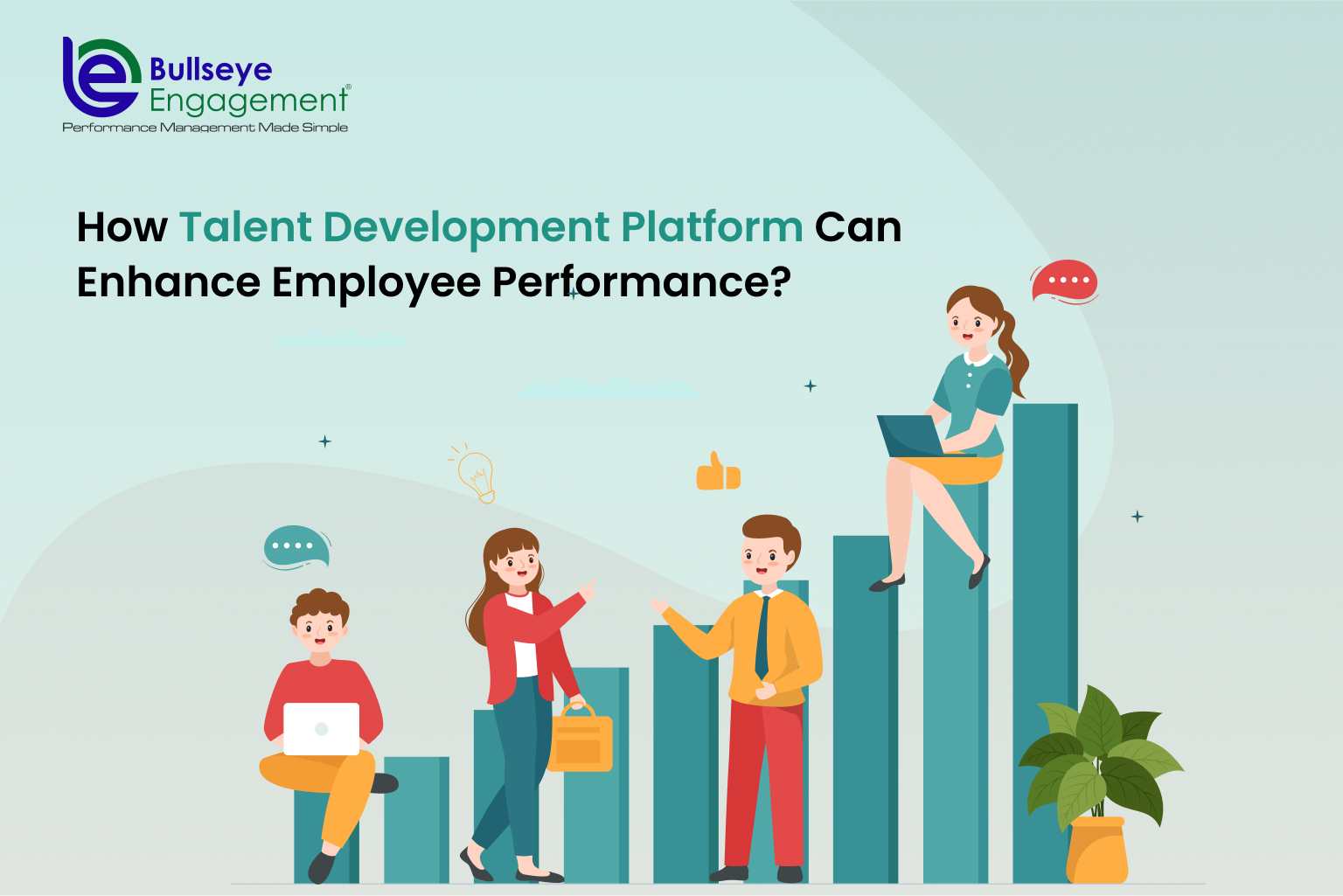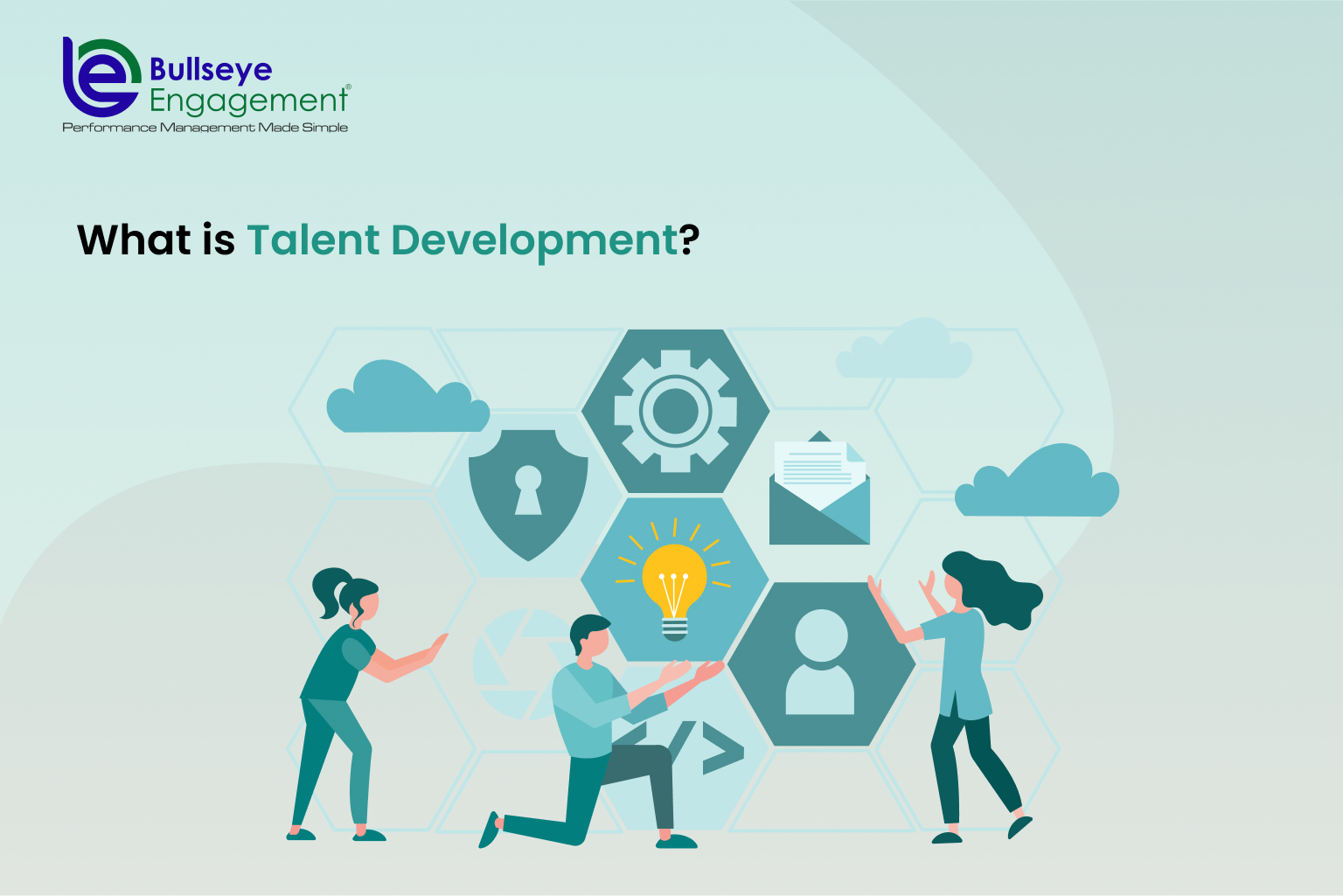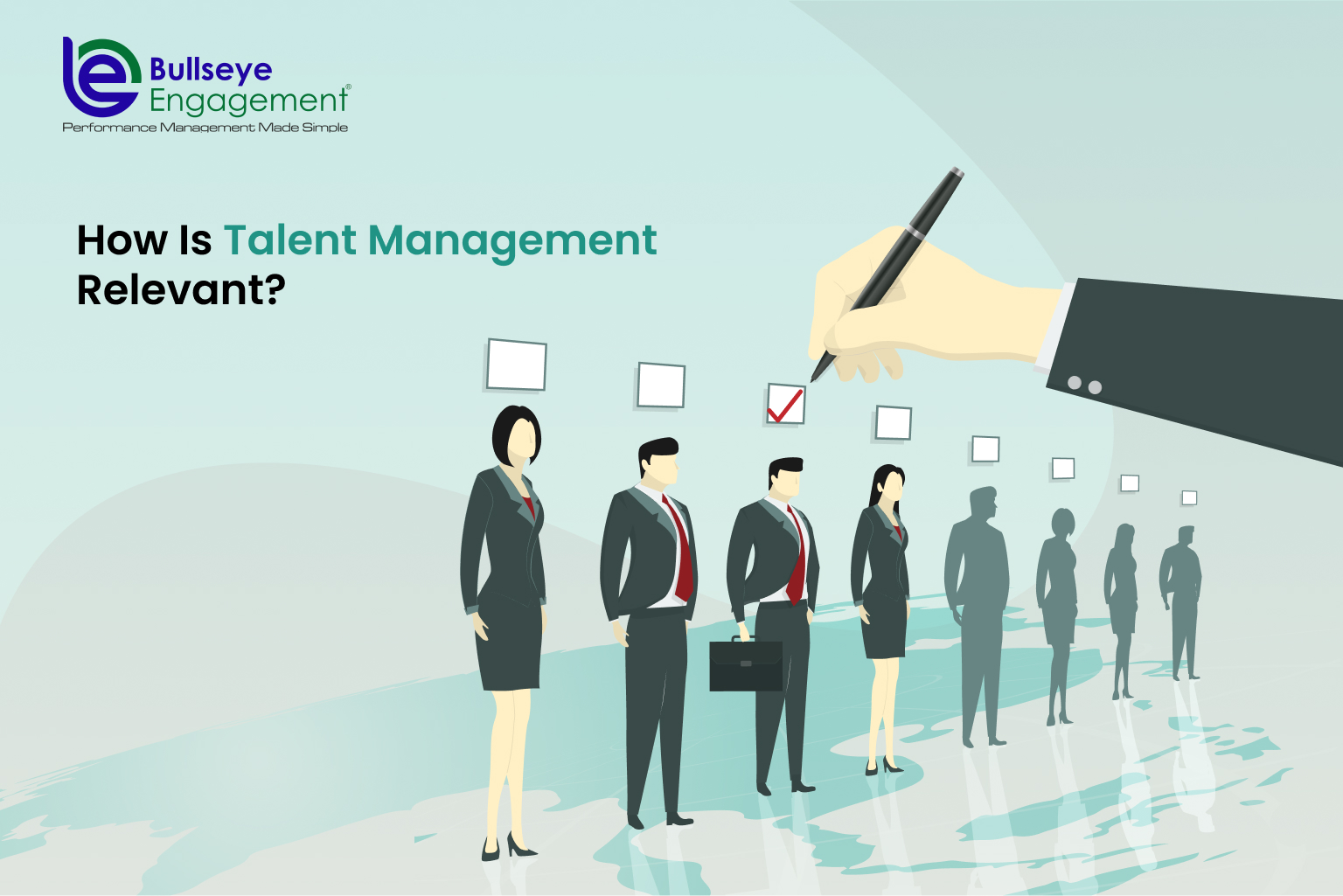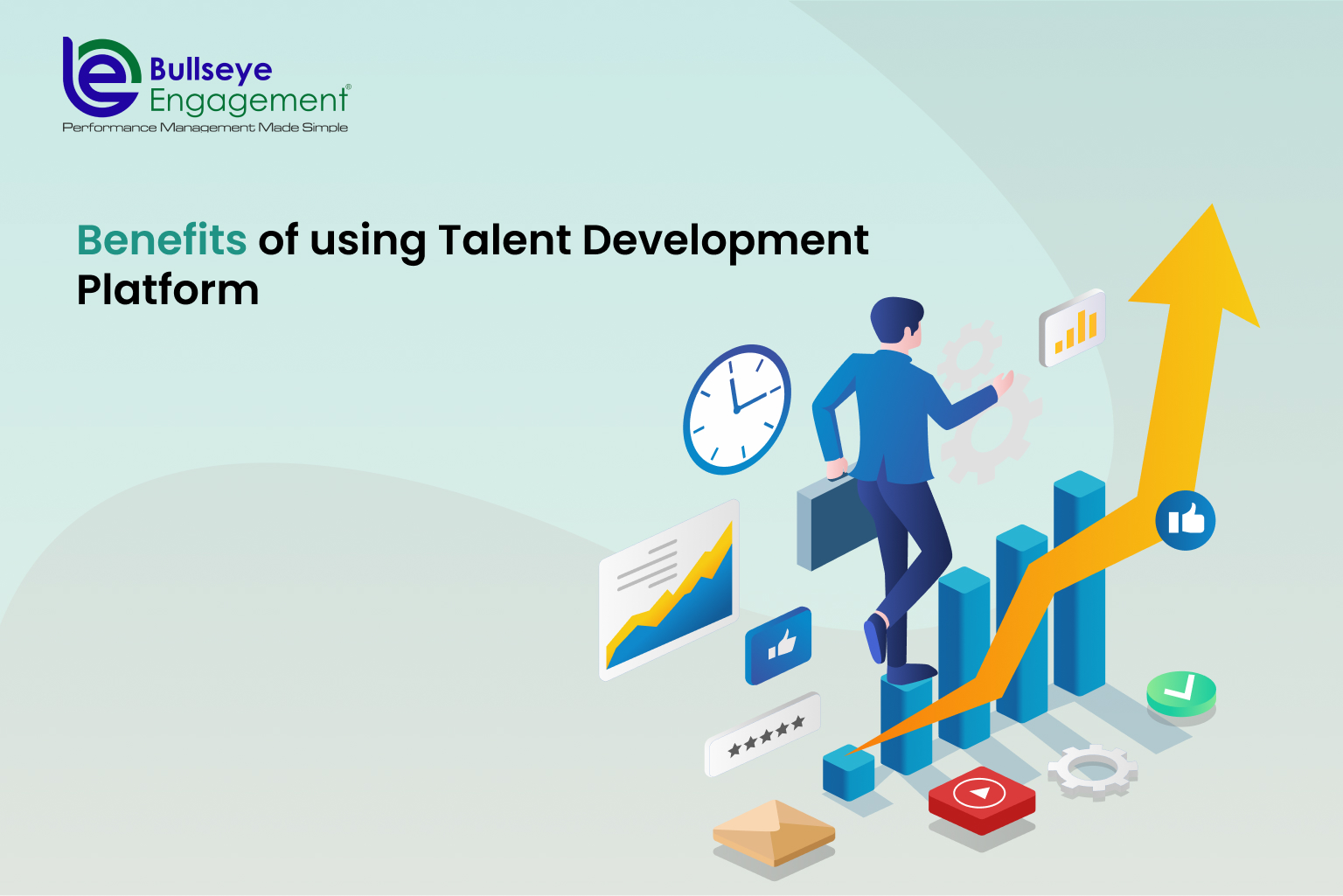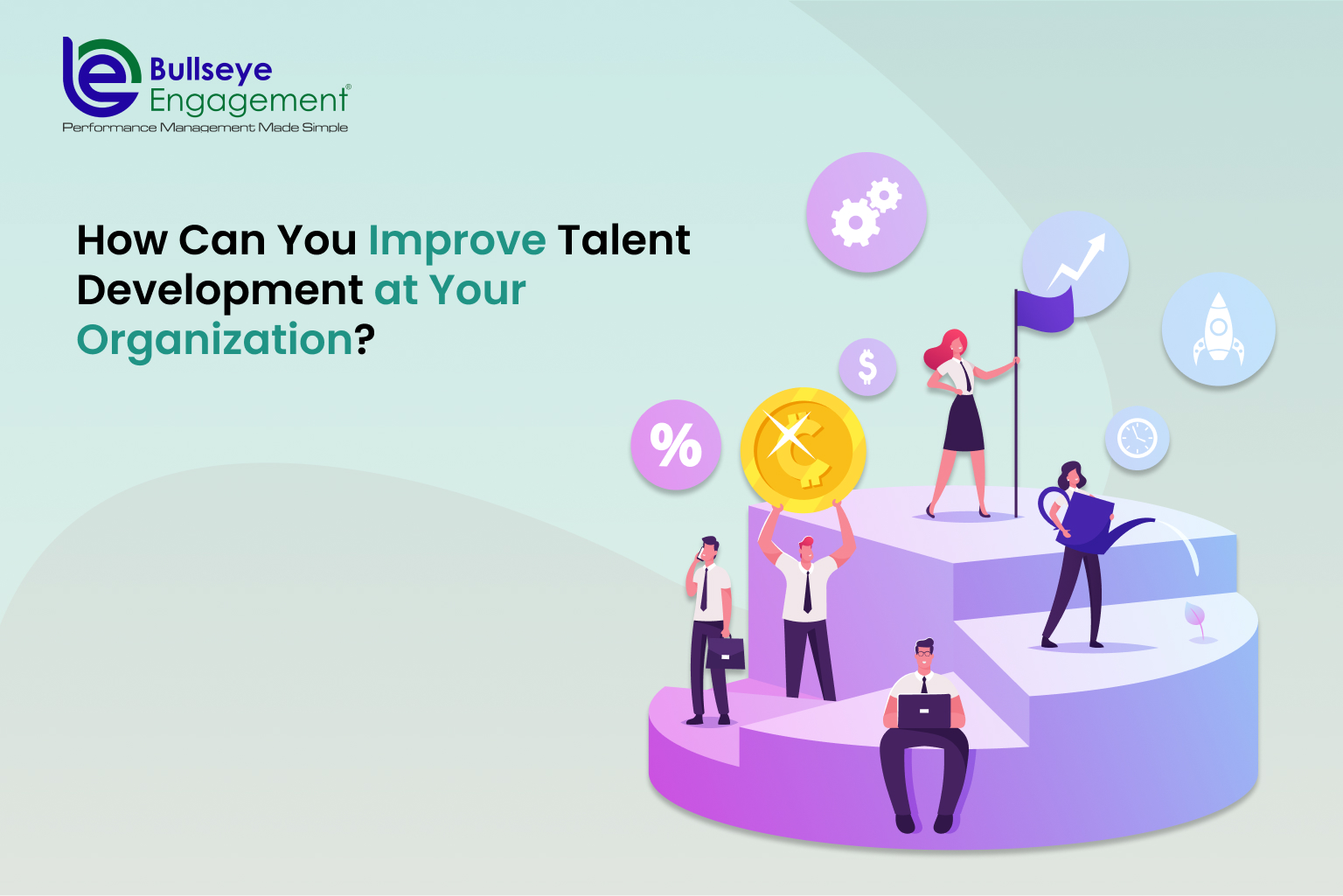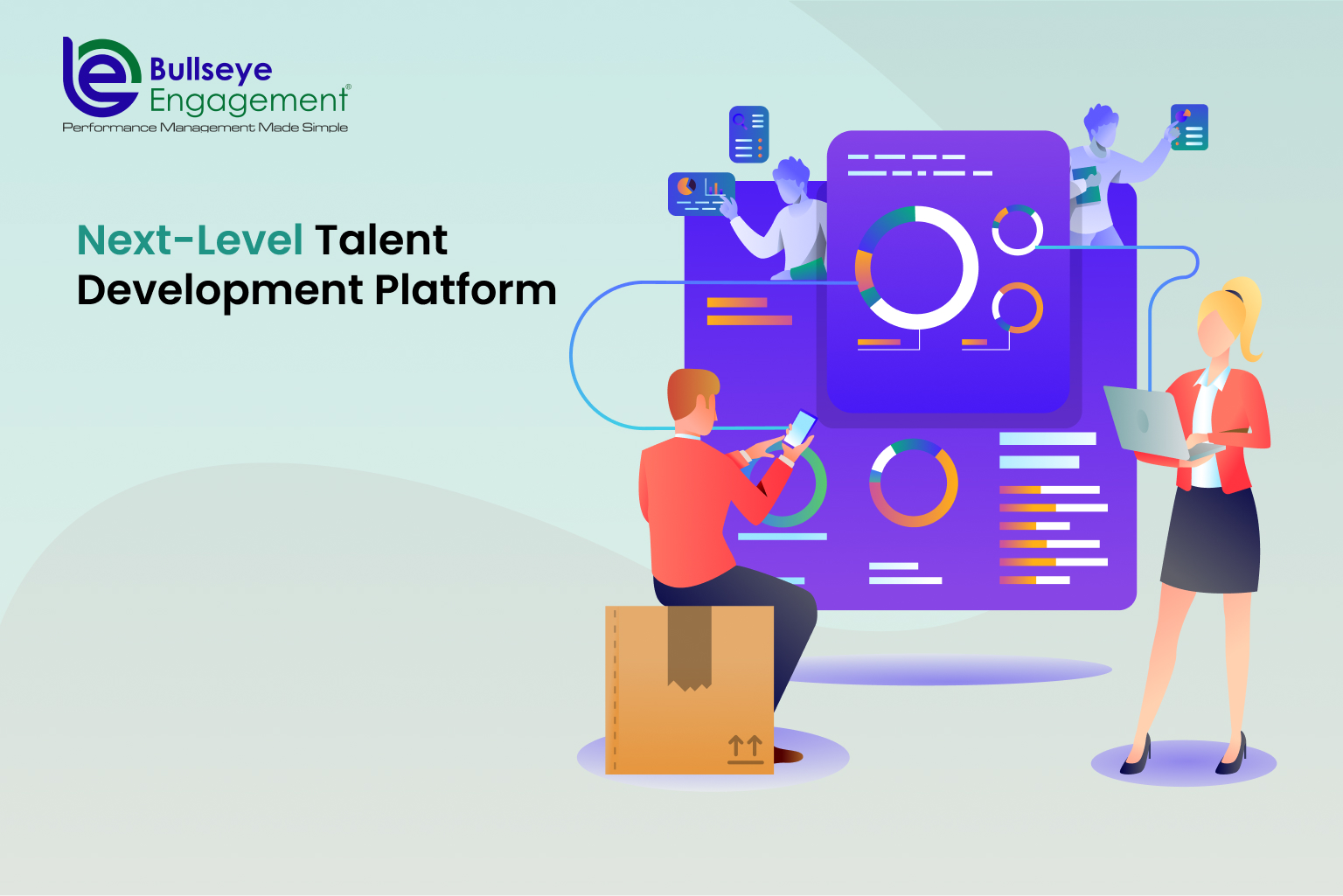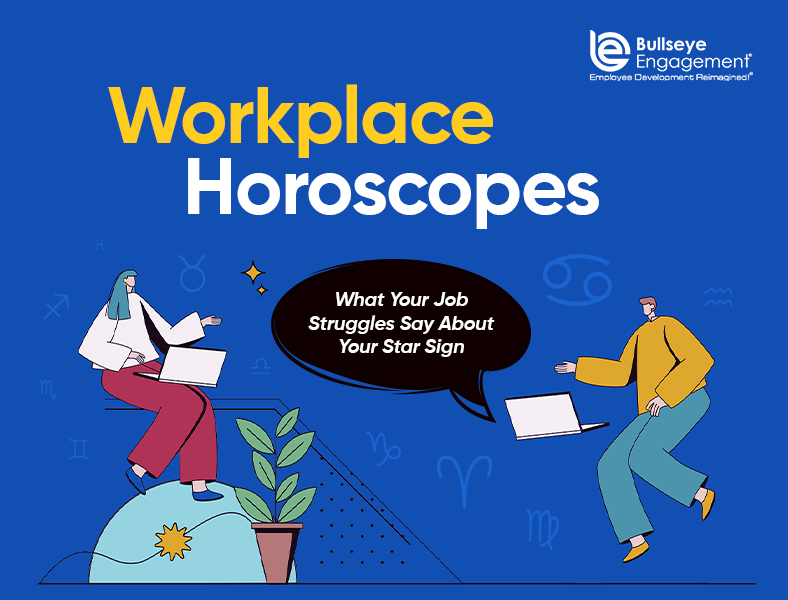Employee performance is one of the most essential contributors to organizational success, and one powerful tool to achieve this is a Talent Development Platform.
With this blog, we will explain the function of talent development and how it can enhance employee performance.
Talent management encompasses a range of strategies and practices designed to identify, nurture, and empower employees to excel in their roles. It’s not just about hiring the right people but also about continuously enhancing their skills and capabilities.BullseyeEngagement focuses on helping organizations enhance their employee performance, our Talent Development Platform engages in transforming business outcomes, and further helps your organization overcome various challenges.
So whether you’re an HR professional, a manager, or an employee looking to enhance your skills, this blog will provide valuable insights into the exciting world of talent development and its potential to elevate employee performance to new heights.
Table of Content
What is Talent Development?
Talent development is a multifaceted process aimed at nurturing and enhancing the skills, knowledge, and abilities of employees within an organization. It plays a pivotal role in shaping a company’s success by fostering continuous learning, growth, and improvement among its workforce.
Talent development encompasses various strategies and practices such as training, mentoring, coaching, and providing opportunities for employees to acquire new skills and competencies. It goes beyond recruitment and focuses on retaining and maximizing the potential of existing talent.
Furthermore, it also empowers employees to excel in their current roles and prepares them for future leadership positions. It aligns individual growth with organizational objectives, creating a win-win scenario where employees feel valued and motivated while the company benefits from a skilled and engaged workforce.
How Is Talent Management Relevant?
Talent development holds immense relevance in modern organizations, impacting various critical aspects of workforce management. Here’s why it matters:
Employee Engagement and Performance: Talent development initiatives empower employees by enhancing their skills, knowledge, and job satisfaction. Engaged employees tend to perform at their best, contributing positively to the organization’s success. A skilled and engaged workforce is a key driver of improved performance.
Employee Retention: Companies that invest in talent development signal to their employees that they are valued and have opportunities for growth. This fosters loyalty and reduces turnover rates. Employees are more likely to stay with an organization that supports their professional development.
Succession Planning: Talent development is intrinsically linked to succession planning. Identifying and nurturing high-potential employees ensures a pipeline of qualified individuals ready to step into leadership roles when needed. This proactive approach is vital for the long-term sustainability of any organization.
Benefits of using Talent Development Platform
Implementing a Talent Development Platform offers a multitude of advantages, aligning talent management with organizational success:
Reduce Costs: Talent Development Platforms streamline training and development processes. They enable the creation of cost-effective online learning modules, reducing the expenses associated with traditional training methods. Moreover, by nurturing existing talent and reducing turnover, these platforms contribute to substantial cost savings.
Hire In-Demand Talent: These platforms often include tools for identifying skill gaps and assessing employee potential. This facilitates data-driven hiring decisions, ensuring that new recruits possess the skills and competencies needed to excel in their roles, contributing to overall business objectives.
Develop a High-Performance Workforce: Talent Development Platforms provide personalized development plans, helping employees acquire the skills necessary to perform at their best. This results in a high-performing workforce, positively impacting productivity, innovation, and customer satisfaction.
Succession Planning and Leadership Pipeline: By identifying and nurturing high-potential employees, these platforms play a pivotal role in succession planning. They ensure a steady supply of qualified individuals ready to step into leadership roles when needed, safeguarding the organization’s future.
How Can You Improve Talent Development at Your Organization?
Improving talent development at your organization is essential for fostering a high-performing workforce. Here are key strategies:
Structured Learning Pathways: Implement well-defined learning pathways tailored to individual roles and career goals. Utilize online courses, workshops, and resources to provide employees with continuous learning opportunities. Ensure that these pathways align with your organization’s objectives and values.
Mentorship and Coaching Programs: Establish mentorship programs that pair experienced employees with those seeking guidance and growth. Coaching programs can provide one-on-one support to develop specific skills. These initiatives promote knowledge transfer, skill development, and employee engagement.
Continuous Feedback and Performance Evaluation: Implement a robust feedback system that includes regular performance evaluations. Encourage managers and peers to provide constructive feedback, helping employees understand their strengths and areas for improvement. Use this feedback to personalize development plans.
Next-Level Talent Development Platform
A Next-Level Talent Development Platform represents the future of modern HR solutions, equipped with technology, data, and innovative strategies to elevate employee performance.
These platforms are characterized by personalized learning pathways that adapt to individual needs, predictive analytics to foresee talent gaps, and real-time feedback mechanisms.
They seamlessly integrate with other HR systems, ensuring alignment with organizational goals. By offering holistic development experiences that encompass mentorship, peer learning, and skill-sharing networks, they foster a culture of continuous growth and knowledge transfer. BullseyeEngagement aims to implement a next-level Talent Development Platform to ensure enhanced employee performance, driving organizational success.
Conclusion
In conclusion, the implementation of a Talent Development Platform holds the potential to significantly enhance employee performance within organizations. Through personalized learning pathways, continuous feedback mechanisms, and data-driven insights, these platforms empower employees to develop new skills, improve existing ones, and align their growth with organizational objectives. Moreover, mentorship programs and coaching opportunities foster a culture of knowledge-sharing and collaboration.
By investing in talent development, organizations not only boost employee engagement but also increase their competitiveness in a rapidly changing business landscape. The BullseyeEngagement Talent Development System, as highlighted in this blog, exemplifies how forward-thinking solutions can lead to a more skilled, engaged, and high-performing workforce, ultimately driving success for both employees and the organization.















